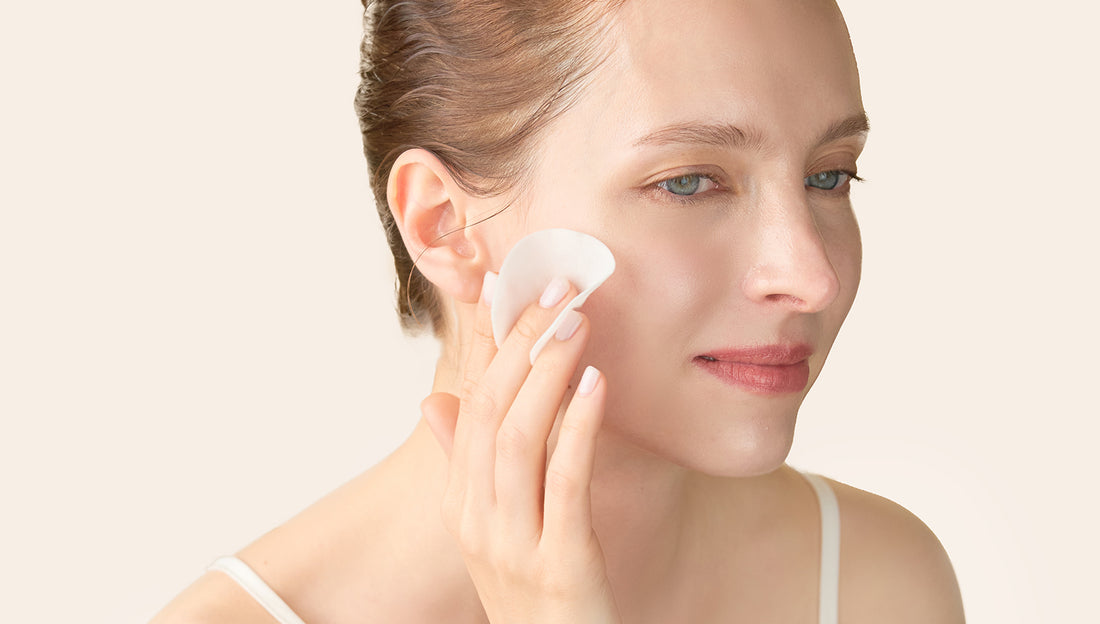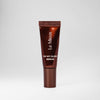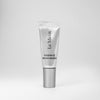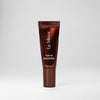Pads, peels, and scrubs, oh my! With so many types of exfoliants to choose from, there is no excuse for overlooking the exfoliation step in your skincare regimen. Exfoliation is essential. For smooth, glowing, healthy-looking skin, you need to decongest pores, remove dead surface skin cells, and smooth the way for the most effective absorption of skincare nutrients.
DARE TO GO BARE — YOUR FACE, THAT IS
The first step to bare-faced beauty? Exfoliate for a clean slate! Layers of dead skin cells are constantly building up on your skin, and not all of them naturally flake off. What happens when those layers of dead skin cells are left lounging around on your face, blocking out your skincare? Hydration won't get in. Nutrients won't get in. Anti-aging ingredients won't get in.
Think of it this way. Imagine a garden that needs fertilizer to add nourishment to the soil, but there are layers and layers of dead leaves blocking the way. It's very hard for nutrients to get down into the soil where they can do some good. You have to get rid of those layers of dead leaves. Likewise, to get nourishment and moisture into the skin, you must exfoliate all those dead skin cells. Even anti-aging magical fairy dust won't do any good if it can't penetrate the skin surface.
TYPES OF EXFOLIANTS
Since dead skin cells and makeup remnants block out moisture and nutrients, an exfoliant is essential to get maximum benefits from other products in your skincare regimen. But which type of exfoliant suits your skin best: a chemical, enzyme, or manual exfoliant? Here's a brief overview.
- Chemical exfoliants contain alpha hydroxy acids or beta hydroxy acids, which dissolve the bonds that make dead skin cells stick together. An example of an alpha hydroxy acid that is gentle enough for sensitive skin would be mandelic acid, found in Perfect Renewal. For aging skin, try 5% Glyco Polymer Solution, which features glycolic acid. For dull or pigmented skin, try Vita-C Clear Skin Pad, which contains lactic acid and citric acid. For blemish-prone skin, use Beta Acid or Skin Clarifying Pad, which both contain salicylic acid, a beta hydroxy acid known for dissolving pore-clogging oils that can trigger breakouts.
- Enzyme exfoliants use enzymes to "eat up" dead skin cells. Papain and bromelain are commonly used enzymes derived from papaya and from pineapple and are often found in microdermabrasion scrubs.
- Manual exfoliants need physical movement to remove dead skin cells. You can choose a microdermabrasion scrub with granules that help sweep away debris, such as Microderm Exfoliant. If you prefer a more streamlined approach, you can vibrate away dead skin cells and pore-clogging debris by using an ultrasonic beauty tool, such as Skin Perfecter.
PREP IS THE FIRST STEP
Bottom line? The best skincare routines include exfoliants as an important step for clarifying clogged pores and sweeping away excess oil, and for preparing skin for the next products in the regimen. Smooth, exfoliate skin allows for the maximum absorption of active ingredients like moisture-boosting molecules, antioxidants, and fatty acids, as well as collagen-promoting stem cells, growth factors, and peptides.
Choose the type of exfoliant that best fits your skin type and skin concern. Incorporate your exfoliant into your regimen at least once or twice a week, and you'll see immediate AND long-term benefits.
 Skip to content
Skip to content




